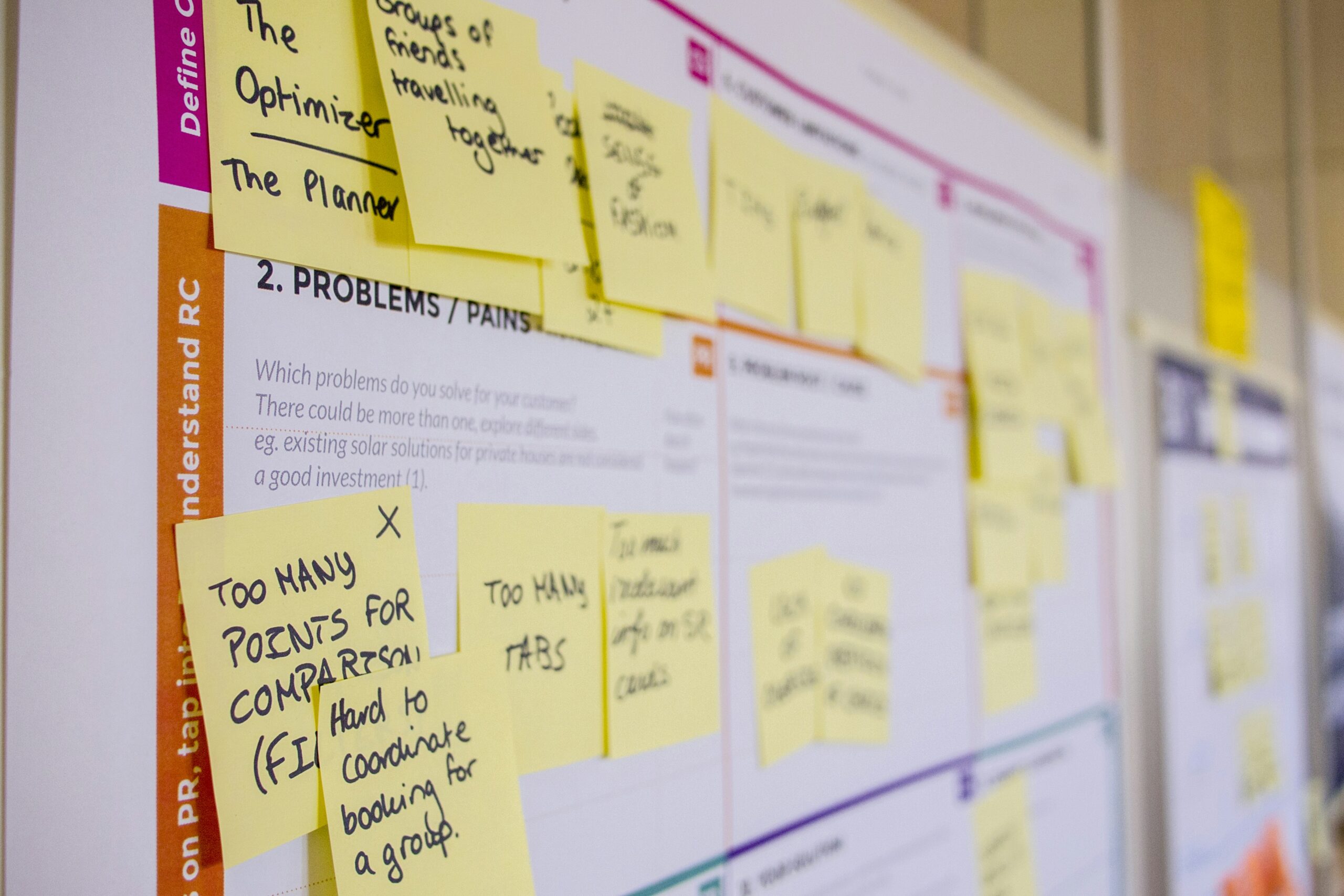Introduction: Fueling the Agile Momentum
Agile making waves isn’t just a fad—it’s a fundamental shift in how modern work gets done. The agile project management rise traces its roots back to the Agile Manifesto of 2001. Since then, the approach has graduated from software development into every sector where adaptability and collaboration matter. In today’s volatile, fast-moving environment, agile project management offers a way to keep pace—and sometimes stay ahead.
This article brings together fresh data, theoretical underpinnings, and practical takeaways. It’s designed for students and researchers eager to understand why Agile is no longer niche—it’s a workforce transformer.
1. Theoretical Foundations: Why Agile Works
At its core, Agile rests on four key values (Agile Manifesto):
- Individuals and interactions over rigid processes
- Working deliverables over excessive documentation
- Collaboration with clients over strict contracts
- Responding to change over following inflexible plans
This mindset shifts the emphasis toward adaptability, continuous learning, and feedback loops. Theoretical work from MIS Quarterly suggests that when requirements are fuzzy or evolving, Agile’s iterative nature reduces wasted effort.
Agility draws from earlier lean manufacturing and flexible systems—highlighting how ideas from the 1990s evolved into Agile management practiced across projects today.
2. Data-Driven Insights: The Numbers Behind the Trend
A. Broad Adoption Across Sectors
- 86% of software teams have adopted Agile approaches
- 63% of IT departments now use Agile to manage delivery
- Agile is no longer siloed:
- 48% of Agile practitioners in engineering & R&D—a 16% jump since 2022
- 29% in business operations; 17% in marketing and cybersecurity; 16% in HR
- 86% of marketers plan to move some/all marketing teams to Agile
B. Strategic Embrace & Hybrid Practices
- 91% of organizations see Agile as a strategic priority
- 49% of large enterprises and 45% of mid-sized companies now use hybrid models (mixing Agile with predictive methods)
C. Performance Gains & Outcomes
- 70% of organizations report improved team performance after adopting Agile
- 35% increase in team collaboration
- 25% reduction in time-to-market
- Additional metrics:
- 47% boost in team productivity
- 40% better project visibility
- Agile success rate in the 80th percentile vs. other models
These numbers underscore the transformative impact of Agile. Rather than just hype, it’s delivering measurable improvements.
3. Practical Realities: Implementing Agile in the Workforce
A. Benefits in Action
Agile’s strengths shine in dynamic environments:
- Greater adaptability to changing requirements
- Faster delivery of usable increments
- Enhanced stakeholder engagement throughout the project life cycle
Harvard Business Review notes: “Agile innovation methods have revolutionized information technology over the past 25–30 years,” boosting quality, speed to market, and team motivation.
B. Obstacles & Mitigation
Despite its advantages, Agile hasn’t been flawless:
- Resistance to change affects 70% of businesses
- Shortage of skilled practitioners—only around 39% availability
- Other barriers include:
- Process inconsistency (46%)
- Cultural clashes (43%)
- Organizational resistance (42%)
- Lack of leadership participation (41%)
- Skills gaps (42%)
Overcoming these challenges requires strategic planning, inclusive training, and leadership buy-in.
C. Hybrid Models: The Middle Ground
Many organizations adopt hybrid models to balance predictability with adaptability. Surveys show nearly half of enterprises embrace this approach. This customization gives projects both structure and flexibility—a practical middle path.
4. Why Agile Dominates Today’s Workforce
Here’s why Agile is not just growing—it’s dominating:
- Mismatch between old methods and new realities
Projects today face uncertainty and complexity. Traditional waterfall methods fall short in responsiveness—they often fail to catch up with evolving user needs. Agile fills that gap. - Cross-functional applicability
From IT and engineering to marketing and HR—Agile scales across diverse contexts. That versatility drives its widespread adoption. - Quantifiable business value
Faster time-to-market, enhanced collaboration, better visibility—these aren’t marketing buzzwords. They’re backed by robust data. - Strategic and leadership support
When executive teams lead the Agile push, larger, hybrid-applying organizations often succeed best. - Education and flexibility
Agile is being integrated into academic programs and professional training—making practitioners more readily available, though gaps remain.
5. The Role of Education in Agile Empowerment
Higher education plays a critical role. For students and researchers aspiring to lead major initiatives, pursuing a Doctorate (PhD) in Project Management — especially one designed for international opportunities — can open global career pathways. Programs like this offer:
- International accreditation and global visibility
- Practical, research-oriented curriculum
- Career-focused flexibility in learning
Additionally, a strong foundation in integration management in project management—and an introduction to project integration management—helps future leaders understand how Agile meshes with broader organizational strategy and execution.
AIMS Education excels in blending theory with hands-on learning, providing the flexibility busy students need to thrive. Its global links and accreditations ensure students aren’t just qualified—they’re primed for impact.
6. Summary & Analytical Takeaways
Key Insights:
- The agile project management rise is real, cross-sector, and data-driven.
- Adoption is widespread: around 86% in software, growing fast across non-tech domains.
- Measurable improvements include better team performance, collaboration, productivity, and visibility.
- Barriers persist—especially around culture, skills, and organizational readiness—but leadership-led transformation and hybrid models help overcome them.
- Academic programs that blend practical Agile insight with international recognition—like those at AIMS Education—prepare tomorrow’s Agile leaders.
Final Analysis:
Agile isn’t just a methodology; it’s a mindset shift that aligns closely with the demands of the modern workforce. Its rise reflects the economy itself: dynamic, interconnected, and customer-centered. For students and researchers, embracing Agile—from theory to practice—is no longer optional—it’s essential. With programs that marry global credentials, real-world learning, and flexibility, institutions like AIMS Education fuel that rise, empowering the next generation to lead with agility.


